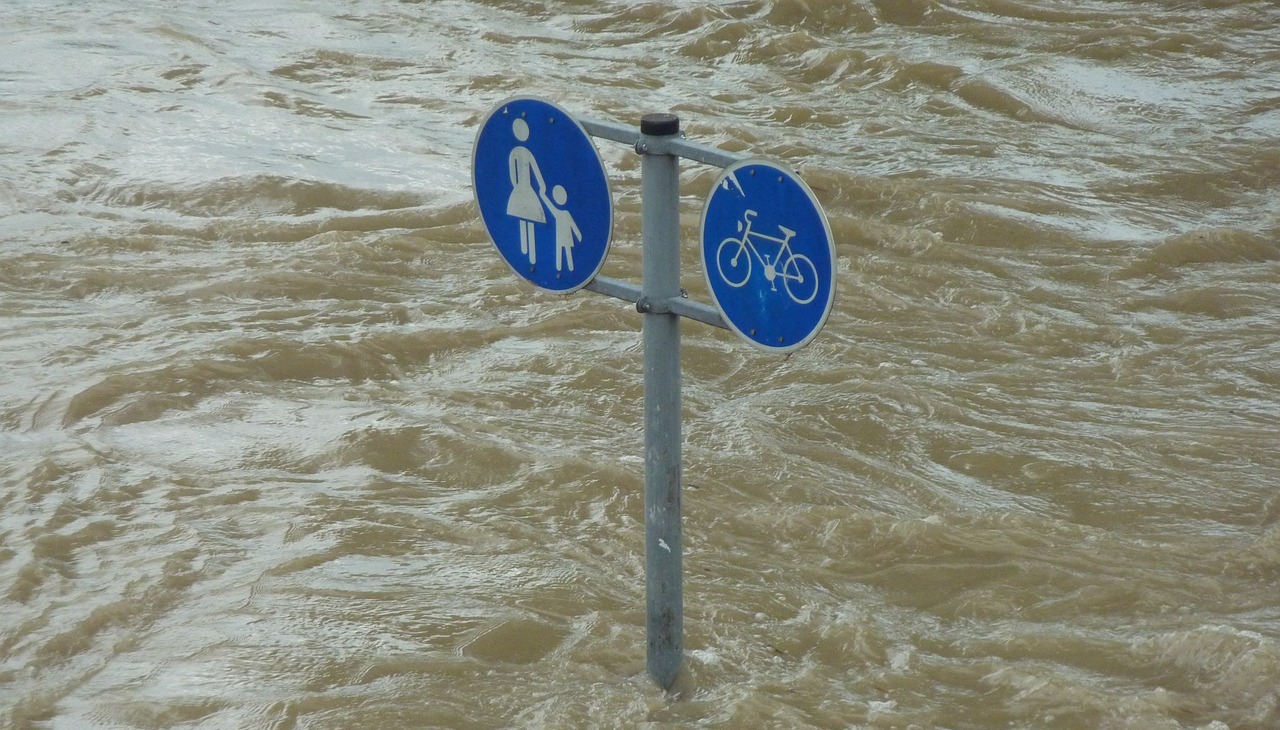
The phenomenon of La Niña would last until November
The warning was made by the UN through the World Meteorological Organization (WMO), referring to the impact on the climate characterized by boreal winters.
According to the WMO, there is a 70% probability that the La Niña climate phenomenon, which began in September 2020, will continue until November this year. It could even extend until February 2023, with a probability of 55%.
Impact
Through an interview with BBC Mundo, climatologist Alfredo "Alpio" Costa, an expert in Climate Change at the Argentine Antarctic Institute, pointed out that El Niño-Southern Oscillation (ENSO) is quite irregular, pointing out that from the beginning of El Niño to when a Niña ends, and the cycle begins again, usually between two and seven years pass, so it may happen that the two phenomena do not always alternate and, as is the case now, one of the phases is repeated several times without the opposite occurs.
"It's been many decades since we've had three consecutive Niñas. The effects of La Niña throughout the world, called teleconnections, are very varied: In eastern Argentina and southern Brazil and Uruguay it produces drought. But in the northeast of Brazil and in the north of Australia, as well as Southeast Asia it generates the opposite, with an increase in precipitation. And there are areas of China, India and Japan, as well as western Canada and southern Alaska (US) that are affected by lower temperatures than normal," Costa points out, detailing that in Europe these changes are not perceived.
RELATED CONTENT
For his part, Petteri Taalas, Secretary General of the WMO, indicated:
Unfortunately, the most recent data on La Niña confirm regional climate projections that pointed to an aggravation of the devastating drought in the Horn of Africa, the consequences of which will affect millions of people.
Although the UN assures that ENSO is not caused by climate change, it is not unaware that it is likely to affect the impacts related to El Niño and La Niña, “in terms of extreme weather events. Further research will help separate natural climate variability from any trends due to human activities,” it is pointed out.
What is La Niña?
El Niño and La Niña are considered to be the two opposite phases of the same weather pattern. They are governed by ENSO, which is a natural phenomenon of surface temperature anomaly in the equatorial Pacific Ocean, which has important consequences for the climate around the planet.
El Niño, which is the warm phase and usually appears first, occurs when air pressure conditions change, weakening the trade winds in the southern hemisphere of the Pacific, which drag warm surface waters from the equatorial zone of the coast of South America to Asia, across the ocean.
La Niña, for its part, considered the cold phase of the phenomenon, occurs when the trade winds are very strong, the rise in deep cold water in the equatorial zone is reinforced and the sea temperature falls below normal.











LEAVE A COMMENT: